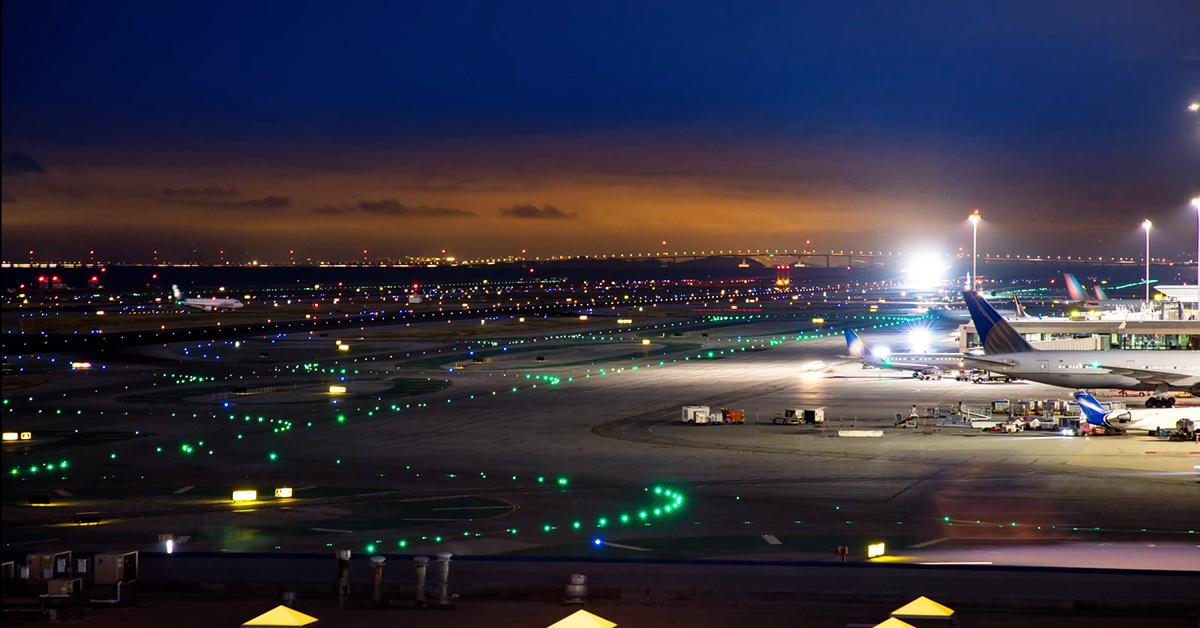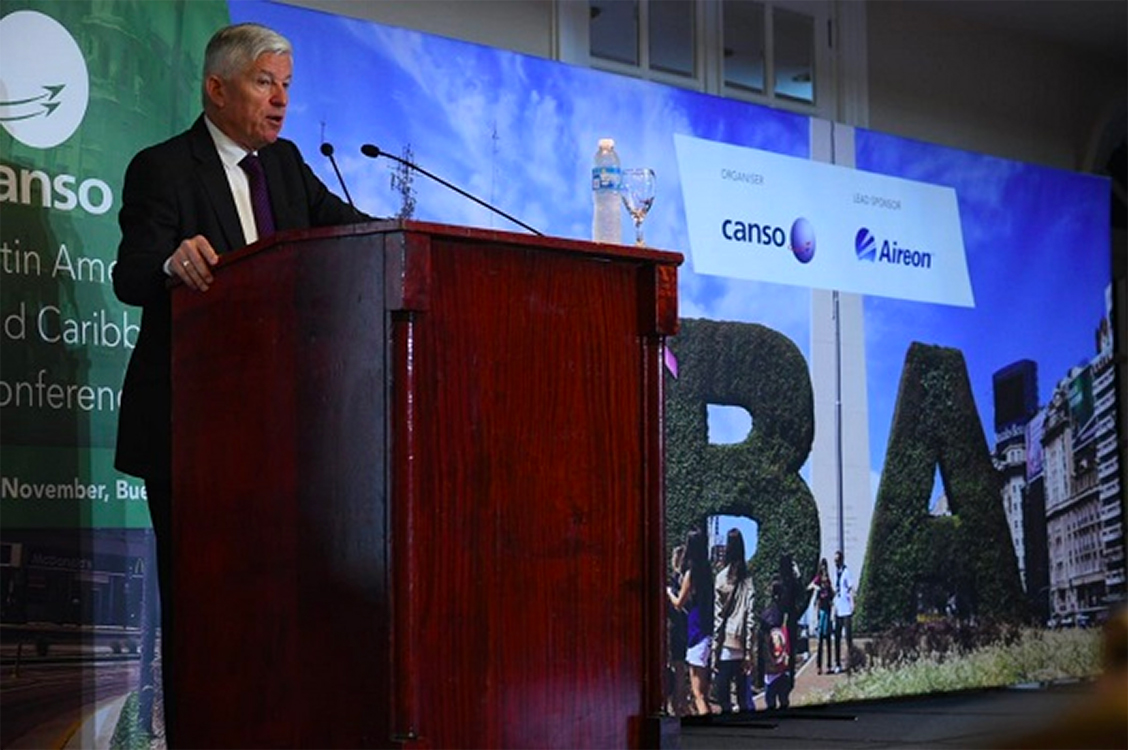Preparing for UTM

What does the big picture look like to you? Will we really see large numbers of drones at low altitude in the near future?
Altitude Angel CEO Richard Parker tells Graham Newton that innovative technology will enhance airspace safety
Everybody has their view about how our future skies will look and each viewpoint has its merits. There is one common thread though and that is the sky will be increasingly busy with a mixture of low-altitude vehicles, including air taxis, delivery drones and public emergency drones, such as police or search and rescue.
In the near future, I doubt we will see point-to-point drone delivery services. I don’t think they will be picking up packages from a warehouse to take to individual houses. But we will see the establishment of small drone hubs in major cities for industrial use.
If we properly empower this extension of service through unified traffic management (UTM), our skies will be safer than ever. They will be very busy but they will be integrated.
How prepared is the industry for the future you envisage?
The truth is most air navigation service providers (ANSPs) don’t have the resources to provide new services, and many do not even have the correct mandate. There is very little regulated airspace at low level outside the airport environment.
But that creates the right conditions for new entities like Altitude Angel to come in to help manage those areas. And because we are new, we can make things happen far sooner than an ANSP could. It is one of the few areas in aviation where we can truly innovate.
Of course, there are pockets of excellence. Dutch ANSP, LVNL, has a nationwide platform that we’ve helped to establish, and we’ve also worked with Norwegian ANSP, Avinor.
The advent of drones has also brought forward a lot of industry thinking. For years we’ve known that the skies will get busier, but most of the work has been done on managing extra capacity through manual procedures.
We now know that it will take automation, better data flow, and data exchange to increase airspace capacity. With those pillars in place, it becomes easier to build an airspace management system.
What ANSPs need to do is upgrade the national aviation structure as much as possible to support innovation. And authorities need to make sure that new companies have access to the airspace. We can’t help ANSPs if we aren’t allowed to work in their airspace.
Is it really necessary for there to be global harmonisation in this area?
Collaboration is certainly critical to getting the right expertise and advice. Especially if you want to move fast.
But harmonisation and standards are often misused terms in this industry. As the saying goes, “the great thing about standards is that there are so many to choose from”.
And UTM companies do just that, they pick standards because they have to build interfaces into existing air traffic management systems. That is fine because regulators straying into technical standards is unhelpful. Standards work better when they relate to behaviours.
The reality is that as a software vendor, Altitude Angel’s goal is to make life easier for our client. Standards doesn’t necessarily move things forward and harmonisation won’t always ease a client’s workload. Every ANSP is unique and has different challenges and we have to listen to them and respond those needs.
The way to work through this is to constantly test. What happens when a drone is in conflict with an aircraft? It seems obvious the drone should yield, but what if it is a police drone or medical drone? All airspace users need to play by the same rules but those rules can be local.
Is the competitive market that has grown up around drones helping or hindering progress?
Our reason for being is to allow more companies to use automated drones. We aim to provide a service to any company that wants to get airborne. Our success is based on them achieving that. Success for UTM providers is more vehicles in the sky and it seems we are heading that way.
If the goal is to move millions of drones then airspace management is only as good as the data available and only as good as the access to the sky. That means investment in the best technology and using the best possible data. The data must be accurate and relevant because accuracy and relevance equals safety.
As in so many walks of life, you have to do the basics right. And the basics in UTM management is the data. It is not easy, and it can be expensive. But it will result in quality.
In UTM there is a low signal to noise ratio. In other words, there is a lot of talk and press releases about UTM but little action. Altitude Angel already has a strong track record in implementation. A UTM provider needs credibility, and we have that not only through our experience but also through tactical success, meaning our clients see the value in our work very quickly.
How important is CANSO’s Global Council?
The Global Council brings together a wide spectrum of people, business and organisations who all have a stake in the sky, but whom we might not meet or interact with if it weren’t for the Council.
I welcome being able to share my views and opinions, and challenge those of other members, in an environment which encourages dialogue and openness. It allows us the opportunity to give depth and context to our positions and to hear the thinking behind others.
The conclusion is we can bring about positive change, which has support from all corners of the aviation industry.
What advice would you give an ANSP looking to get started on UTM?
UTM is a journey so choose a partner wisely. At heart, UTM is simple. It’s about bringing more automation into airspace. But there is a lot of flexibility within that. It’s not about bending airspace to fit a product though. To be authentic means understanding the challenges and choosing a product and a partner that can adapt to the circumstances.
There is still a huge amount to do in UTM. ANSPs and UTM providers should collaborate with and listen to regulators, pilots, drone enthusiasts, fleet innovators and many more and then find the technology to match expectations.
Certainly, ANSPs should seek expertise in this area. Drones are the next major step forward in aviation and they will make aviation exciting again. It means you can’t apply the same procedures and methods that have been used to date. Why would you apply the same procedures when you don’t know what you need?
We see this in some of the tenders. ANSPs are looking to procure something without understanding exactly what it is they need. For some ANSPs, safety is the first word – and that’s right and proper. But it cannot be an excuse to stall progress. We can make skies safer than they are today through innovative technology.
But the main message is to encourage people thinking about UTM to talk to experts with real experience. We stand ready at Altitude Angel.


